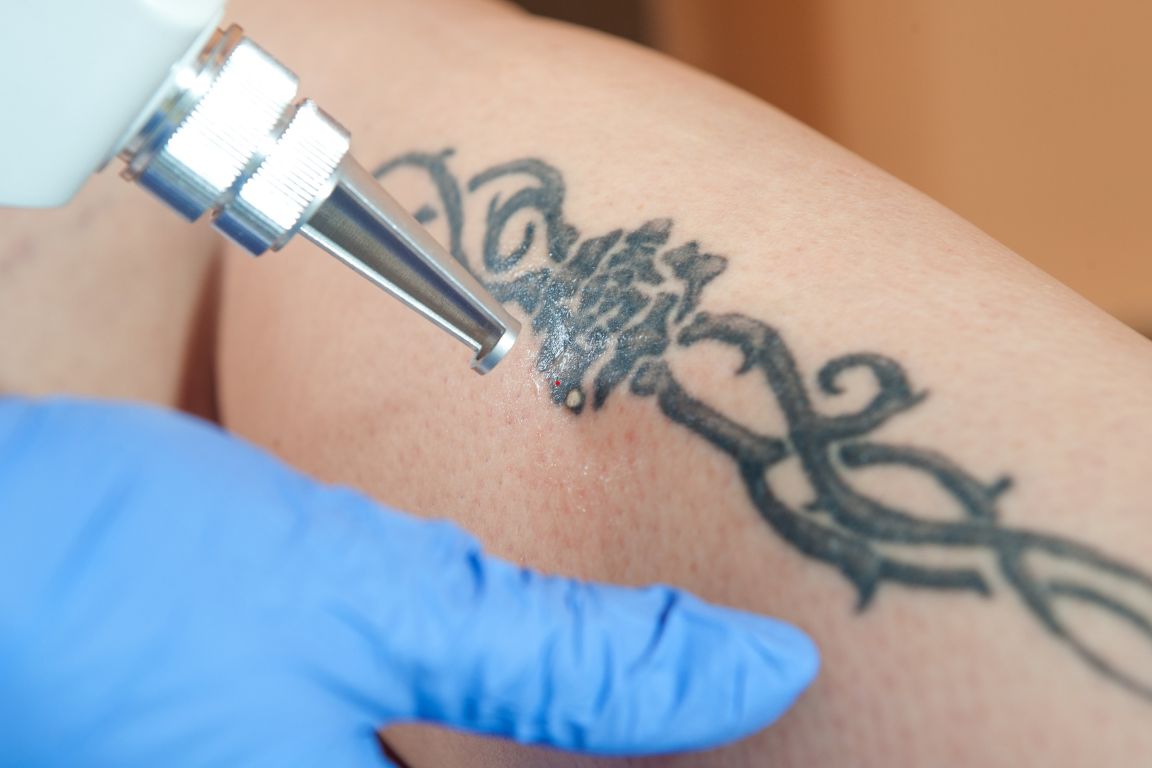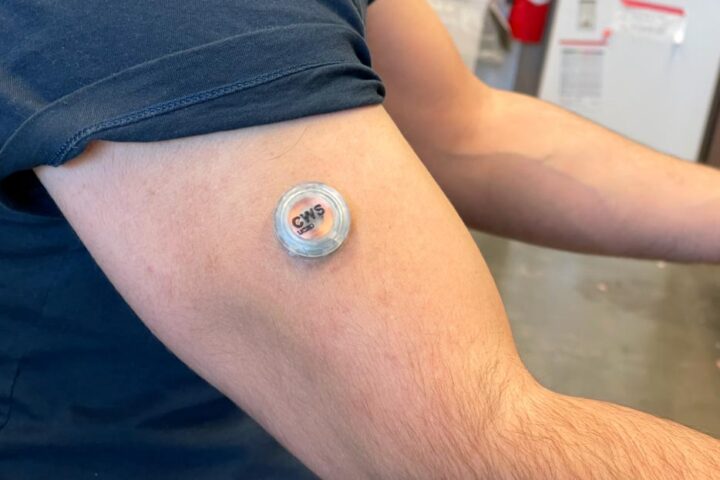Countless people make waxing appointments because they are looking to achieve smooth, hair-free skin. However, professional waxing technicians should know when to hit the brakes on waxing services.
While eager clients might not be aware, various conditions and situations call for a “no-wax” policy. This is to prevent discomfort, pain, and even injury. Here are five scenarios where clients shouldn’t get waxed dueto certain contraindications.
Fresh Tattoos
While you can wax tattooed skin, avoid doing so with fresh tattoos. This can lead to the lifting of ink, scabbing, and an unpleasant experience for your clients. Fresh tattoos are essentially wounds, and applying hot wax or pulling the skin during hair removal can delay the healing process. It’s best to wait until the tattoo heals, which takes at least two weeks.
Recent Sunburns
Sunburnt skin is sensitive, and waxing can irritate it further and cause pain and potential damage. Also, waxing sunburnt skin is unsafe because you risk peeling off skin that’s not ready to come off. Wait until the sunburn has completely subsided and the skin has returned to its natural color before performing waxing services. This can take a week or so, depending on the severity of the burn.
Skin Conditions and Infections
If a client has a type of skin condition, such as eczema, psoriasis, or a bacterial or fungal infection, it’s best not to wax the affected area. Waxing can exacerbate these conditions and potentially spread the infection to other parts of the body. Educate your clients on these risks, and advise them to wait until their skin has fully healed before getting waxed.
Medications and Topical Treatments
Some medications and topical treatments make the skin sensitive or reactive. For example, retinol or salicylic acid-based skincare, as well as topical antibiotics, can cause the skin to become more susceptible to damage during waxing. You should always ask clients about their current medications and skincare routines to make informed decisions on whether waxing is appropriate.
Pregnancy
During pregnancy, hormone changes can make the skin more sensitive and prone to irritation. Additionally, circulation changes can mean that skin takes longer to heal from the waxing process. You might choose to avoid waxing pregnant clients in their first trimester to minimize any potential risks. Advise your clients to consult their doctor before getting waxed during pregnancy, and recommend waiting until after the first trimester when hormone levels have stabilized.
Knowing when not to wax is an important part of safe waxing. Postponing an appointment might be disappointing for a client, but their well-being and safety should always come first. As a professional, it’s your responsibility to educate clients on these scenarios where they shouldn’t get waxed and offer alternative hair removal options that are safe for their current situation.











